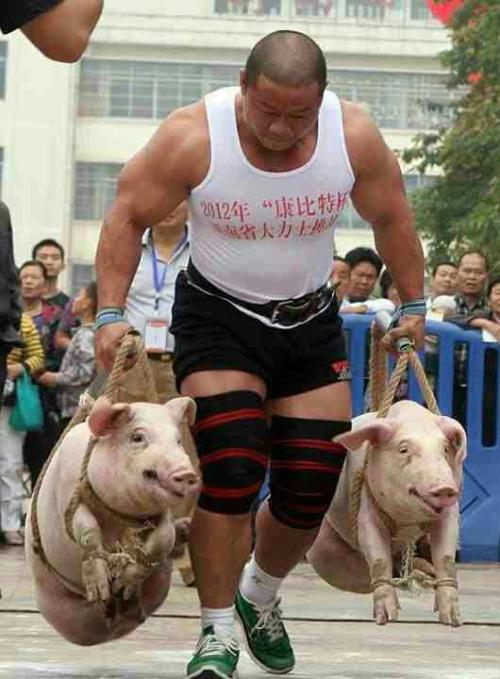There is a ton of information on the net about workouts. What exercises are best for what? How long should you exercise? What is the best way to lose body fat? Etc.
What most of this information is lacking is the most important part of any exercise program. How should you recover from your workouts. Make this one of your resolutions this year, and you will end the year in better shape than you though possible.
What the ratio should look like when you are younger:
Work - Rest - Recover - Adapt
What the ratio should look like when you are older:
Work - Rest - Recover - Adapt
There are 3 main types of exercisers. Those that do too little (the most common type (the couch potato) who have the recovery portion mastered), those that do too much (self driven types who don't focus enough on recovery and are over-training) and those that know how to properly recover. (The least common type)
My first job in the Fitness Field (at the age of 27) was at Wettterau Incorporated's Employee Fitness Center.

They had converted a warehouse into a multipurpose area with a 1/11 of a mile track, 2 basketball courts with one used primarily as a volleyball court, a tennis court in the center, a weight room, a exercise class room and an aerobic machine area.
On any given day I might play basketball, volleyball, tennis and/or teach an exercise class. After work I would usually spend some time in the weight room. This is what began my development as the perfect example of over-training.
 |
| Overtraining can put you on the road to no where. |
It was a lot of fun, and an easy way to stay in shape. I didn't realize at the time that I would pay for this years later. It would also be much harder to keep up that routine at my current age of 50. Why? The older we get, the longer it takes to recover from workouts.
I would hear older athletes talk about it. Up until the age of 45 I didn't think this applied to me. What a difference a few years make. Time (and overtraining) have convinced me that the most important part of any exercise program is how your body recovers and adapts to the stress you expose it to.
In the fall of 2011 I began to realize that something needed to change. My legs were no longer recovering between workouts like they should. My knees would hurt any time I tried to squat. It took a few months to figure out that the main cause of this pain was a set of very tight hip flexor muscles.
Spending so much time in the hip flexed position on my road bike combined with too much time seated were the main reasons for the pain.
 |
| Now I do a lot of this! |
 |
| and This! |
 |
| And Rumble Rolling |
I have been a NSCA Certified Personal Trainer since 1996. While studying for the certification exam, very little of the information focused on how to make sure clients recover properly between workouts. Foam rolling was something very few people knew about. Now their are classes that consist on nothing but foam rolling. If you haven't tried it, foam rolling can do wonderful things when in comes to recovering from a tough workout.
I always begin each sessions with my clients talking about how they are recovering from their workouts. If they are still a little sore from a previous workout, we better make sure to take it easier this time. Recovery is always more important than work. You can always add to the amount of work you are doing if you are recovering properly.
Your body will stop adapting (which is when it is stronger) without enough recovery.
Hidden-signs-of-overtraining from Dr. Mercola's web site
How many of theses signs are you over-driven types showing?
A few years ago I had a client named Elmo. One of his favorite comments was "we better not overdue". It took me a few years to realize that Elmo was right.
If you are having trouble getting stronger, maybe you don't need to push yourself harder, maybe you need to rest more. Always focus on how you are recovering and adapting from your workouts. It is the most important part of your routine.





















